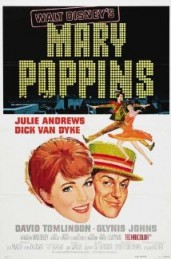Another thought occurred to me about Saving Mr. Banks (2013), which as noted in my previous blog post is a movie about the creative conflict between Walt Disney (Tom Hanks) and P.L. Travers (Emma Thompson) during the production of the movie Mary Poppins (1964). In one scene of Saving Mr. Banks, the song “Let’s Go Fly A Kite” is unveiled by its composers (Bob and Dick Sherman) for the closing scene of Mary Poppins when the father (George Banks) realizes family is more important than work.
One verse in particular caught my attention:
Let’s go fly a kite
Up to the highest height!
Let’s go fly a kite and send it soaring
Up through the atmosphere
Up where the air is clear
Oh, let’s go fly a kite!
more specifically, the phrase “up where the air is clear.” Keep in mind that the movie is set in London in 1910. At that time, the air quality in London was quite poor.
In London’s cold climate, space heating was, and still is, a necessary ingredient for a comfortable life. While London was electrified by the early 1900s, most people still used inefficient fireplaces to warm their homes with coal or wood, both of which generated a lot of soot that hovered low in the sky. Remember Dick van Dyke’s Burt and his fellow soot-covered chimney sweeps dancing on the rooftops? Their smudged faces were emblematic of the pollution from the energy consumption at the time.
In addition, instead of relatively clean, gasoline-powered cars, transportation was provided by horses that generated significant mounds of manure. Those steaming piles on city streets generated fumes that further exacerbated the air pollution.
This context makes the idea that being able to reach clean air, even if only through the kite as a proxy, would be a joyous experience more meaningful.



 Hydropower Saves The Fugitive
Hydropower Saves The Fugitive